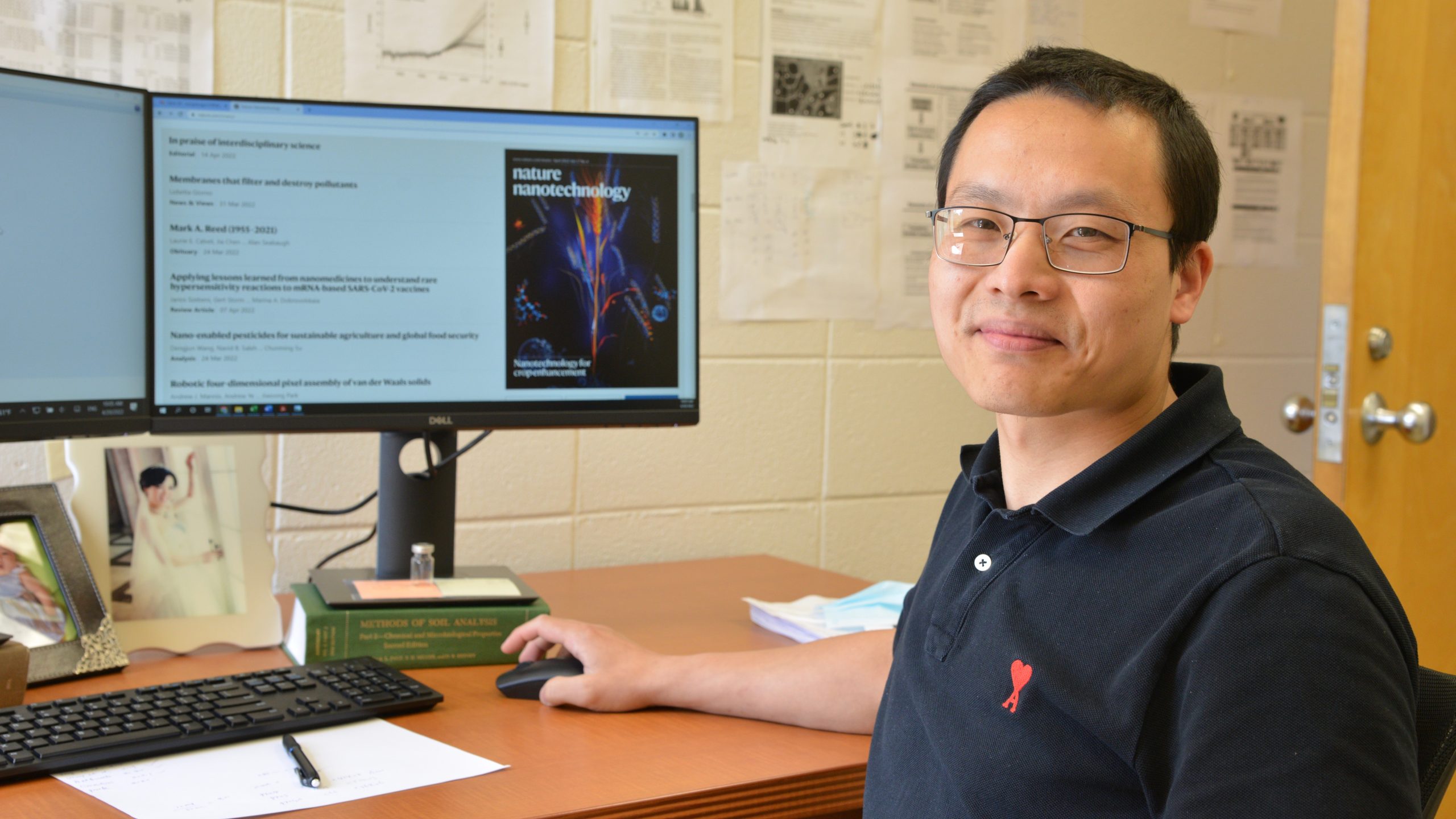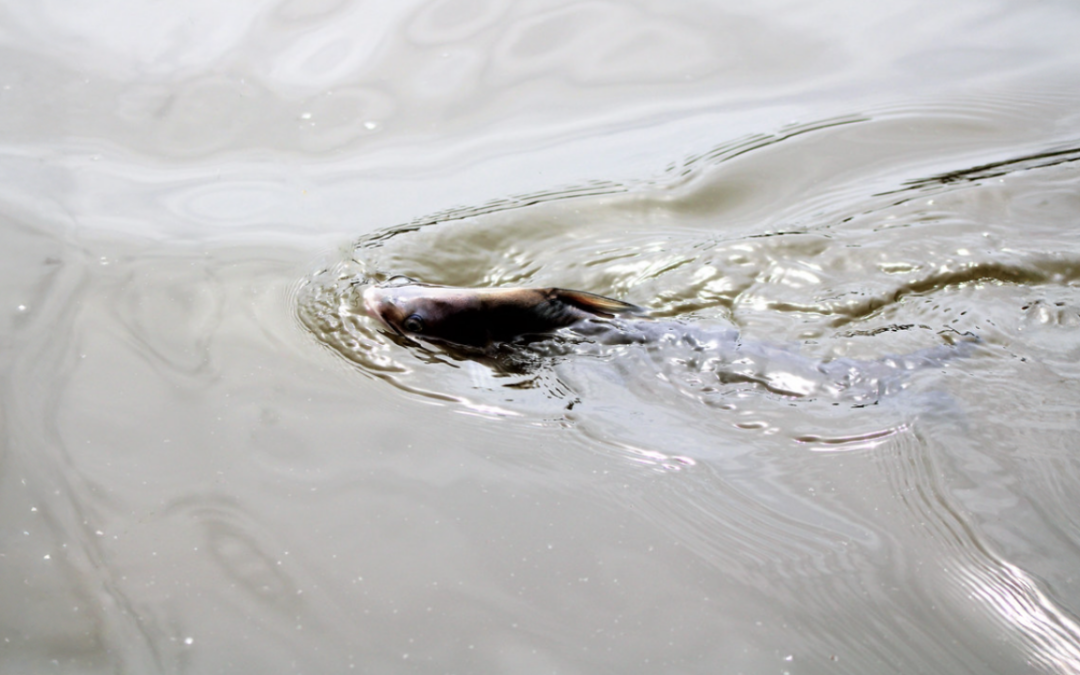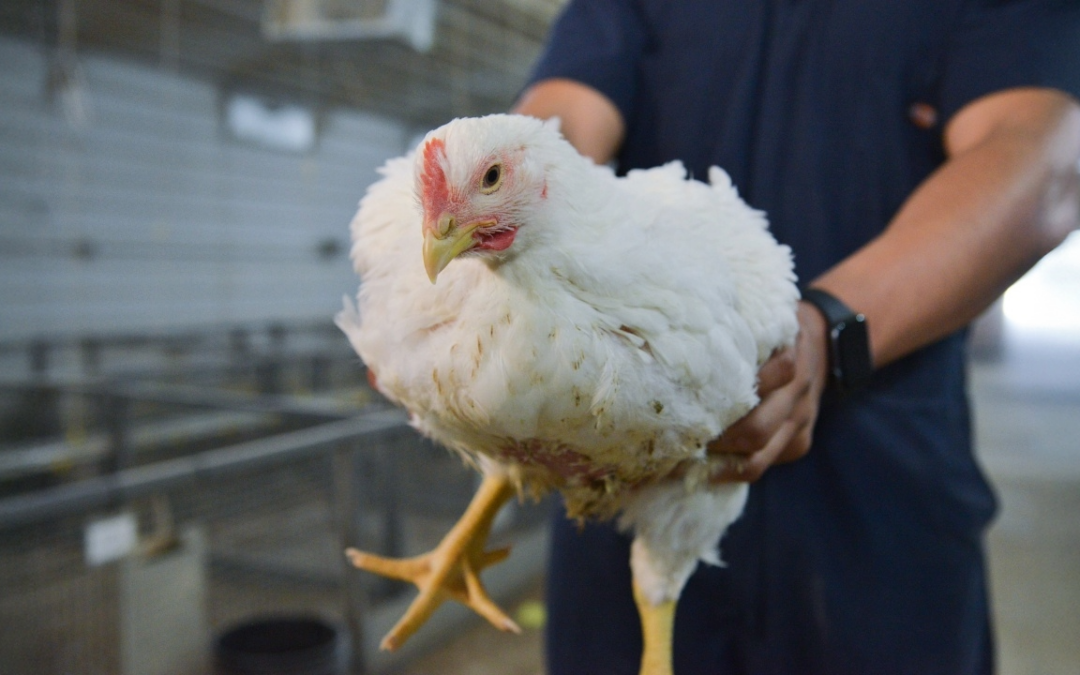While nearly 4 million tons of conventional pesticides are used annually, only a small amount — 1% to 25% — reach the target organisms, leaving a large proportion released into the environment as a potential hazard. This is due to many factors such as spray drift, volatilization, rolling down, dust drift, leaching and more.
Non-target organisms such as agricultural animals, bees, birds and other pollinators also are negatively impacted.
The ineffective control of pests and plant diseases due to the low use efficiency of conventional pesticides can account for 20% to 40% of global crop losses, causing an economic hit of approximately $220 billion per year. These losses, combined with global climate changes, desertification and escalating land degradation—along with other global change stresses—are likely to exacerbate these losses in coming years.
The solution to these problems might be a material 10,000 times smaller than the width of a single human hair — a nanomaterial.
“Nanomaterials with exceptional ability to encapsulate and deliver pesticidal active ingredients (AIs) in a controlled, targeted and synchronized manner may offer new opportunities to increase pesticide efficiency when compared with conventional pesticides,” said Dengjun (Kevin) Wang, an assistant professor of aquatic chemistry in the College of Agriculture’s School of Fisheries, Aquaculture and Aquatic Sciences.
Wang is the lead author of a paper published recently in the journal Nature Nanotechnology titled Nano-enabled pesticides for sustainable agriculture and global food security. Nature Nanotechnology is a leading peer-reviewed scientific journal published by Nature Publishing Group.
“Due to their small size, large surface area and high tunability, nanomaterials can act as nanocarriers to encapsulate pesticidal active ingredients or AIs,” Wang said. “The encapsulated nanopesticides can deliver AIs based on crop needs and abiotic stresses in a controlled, targeted and synchronized manner. This will not only increase the use efficiency of nanopesticides but also minimize potential hazards due to AI loss to the environment.
Wang and his co-authors’ analysis shows that, compared with conventional pesticides, the overall efficiency of nanopesticides against target organisms is 31.5% higher (314 studies), including an 18.9% increased efficacy in field trials (47 studies). The toxicity of nanopesticides toward non-target organisms is 43.1% lower (59 studies), highlighting a decrease in collateral damage to the environment.
The premature loss of AIs prior to reaching target organisms (e.g., spray drift and volatilization) is reduced by 41.4%, paired with a 22.1% lower leaching potential of AIs in soils.
“Nanopesticides also render other benefits, including enhanced foliar adhesion, improved crop yield and quality, and controlled release of AIs in a rapidly changing climate,” Wang said. “These benefits, if harnessed, can promote higher crop yields and thus contribute towards sustainable agriculture and global food security.”
The next steps in the research, Wang said, are to seek seed funds to support field trials of nanopesticides for pest and pathogen control, patent nanopesticides if field trial findings are promising, and if so, seek industry partners.
“Nanotechnology also has the great potential to develop nanofertilizer and nanovaccines for applications in agriculture, aquaculture and beyond” he added.





